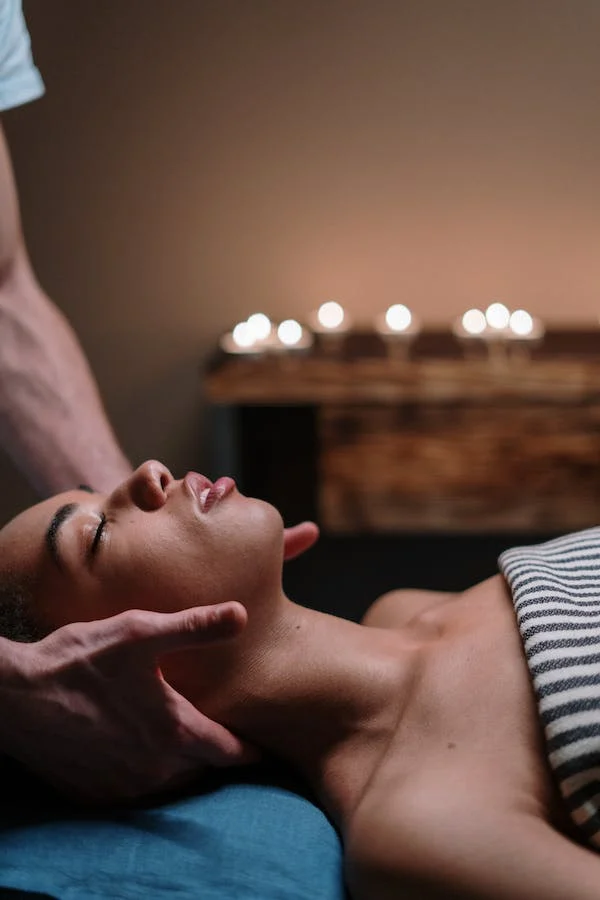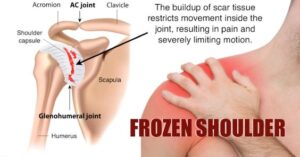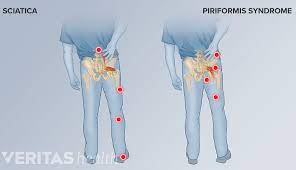Migraine is Much More Than Just a Headache
A migraine is a headache that can cause severe throbbing pain or a pulsing sensation, usually on one side of the head. It’s often accompanied by nausea, vomiting, and extreme sensitivity to light and sound, attacks can last for hours to days, and the pain can be so bad that it interferes with your daily activities.
There are different types of migraine that involve different symptoms. There are many features or symptoms that are a part of migraine. There are also differences in how severe a symptom might be.
The most common symptoms of a migraine attack include:
- throbbing headache
- sensitivity to light, noise and smell
- nausea (feeling sick)
- vomiting (being sick)
- lethargy (lack of energy)
Learning to recognize the different stages of a migraine attack can be useful. You might get one, all, or a combination of these stages, and the combination of stages may vary from attack to attack. Each stage can vary in how long and how bad it is. Recognizing different symptoms at different times during your attack can give your doctor information which may help them make a diagnosis. Taking medication as soon as you notice the pain may stop or shorten an attack.
Migraine attacks in children are often much shorter than in an adult. It may be easier to tell the different headache stages in a child.
However, not everyone will experience all of the symptoms of each stage and the stages can overlap. In adults, we can divide a migraine attack into four or five stages that lead on from each other.
Pro-drome/Premonitory
This is sometimes described as the warning stage in which certain physical and mental changes occur. These can include:
- Constipation.
- Mood changes, from depression to euphoria.
- Food cravings.
- Neck stiffness.
- Increased urination.
- Fluid retention.
- Frequent yawning.
Aura
For some people, an aura might occur before or during migraines. Auras are reversible symptoms of the nervous system. They’re usually visual but can also include other disturbances. Each symptom usually begins gradually, builds up over several minutes and can last up to 60 minutes.
The symptoms include:
- Visual phenomena, such as seeing various shapes, bright spots or flashes of light.
- Vision loss.
- Pins and needles sensations in an arm or leg.
- Weakness or numbness in the face or one side of the body.
- Difficulty speaking.
Attack
These usually last from 4 to 72 hours if untreated. How often migraines occur varies from person to person. This might occur rarely or strike several times a month.
During the attack, you might have:
- Pain usually on one side of your head, but often on both sides.
- Pain that throbs or pulses.
- Sensitivity to light, sound, and sometimes smell and touch.
- Nausea and vomiting.
Post-drome/
After a migraine attack, you might feel drained, confused and washed out for up to a day. Some people report feeling elated. Sudden head movement might bring on the pain again briefly.
Treatment:
Medication is a common way to prevent and treat migraine headaches, but some research suggests massage therapy may be helpful for some people. That’s especially good news for people who struggle with the side effects of medications.
Migraine is not a regular headache, but a neurological disorder. The research is less robust on the effectiveness of massage therapy for this condition than it is for tension-type headaches. But recent findings do provide preliminary support for using massage therapy as a natural treatment for it.
“Data on the efficacy of massage for migraine are somewhat limited,” says Dawn Buse, PhD, clinical professor of neurology at Albert Einstein College of Medicine and assistant professor at the Ferkauf Graduate School of Psychology of Yeshiva University. “However, many patients find massage therapy helpful, in which case I encourage them to make it a regular part of their treatment plan along with other healthy lifestyle habits, relaxation, and self-care activities.”
Massage for Migraine Can Relieve Tension and Promote Better Sleep
While migraine is a complicated neurological disease that massage (or anything else) won’t cure, massage therapy and trigger-point therapy may help reduce the frequency and intensity of attacks.Massage is particularly helpful for people experiencing high stress or poor sleep. Stress and inadequate sleep are known trigger, try to keep stress levels as low as possible.
Types of Massage for Migraine Relief
Massage therapy can be relaxing or intense. It can use hot stones or cold stones. It can focus on your feet or work magic above your neck.
The best type of massage for your migraines will depend on your preferences, your triggers, and ultimately your results.
Traditional and aromatherapy massage. Traditional massage helps relieve anxiety and promote relaxation. If you add aromatherapy, where the practitioner includes essential oils in the session, you may feel even better. Research shows that lavender essential oil can help relieve stress and promote quality sleep. One study even suggests that lavender aromatherapy helps reduce migraine symptoms.
Keep in mind that essential oils, which seem natural and safe, can have negative effects as well. Some can trigger headaches or other symptoms in people who are sensitive to smells.
Trigger point massage. Some people find headache relief with head and neck trigger-point massage. The idea behind its effectiveness: problems in your skeletal muscle refer pain up to your head. When you “release” those muscles, your chronic headaches ease up.
Research on trigger point massage for migraine is limited but promising. One study that found trigger point therapy plus medication was significantly more effective for migraine relief than medication alone.
Thai massage. Unlike a typical Western massage, which is soothing, Thai massage is active. It brings together muscle compression, stretching, pulling, and rocking. It also has a link to less intense pain in migraines. Consider it as part of an overall, self-care approach to migraine management — but be sure to speak up if the treatment becomes uncomfortable.
Hot or cold stone therapy. Hot and cold therapy (think heating pads and ice packs) have long been used to relieve pain and discomfort. Hot or cold stone therapy achieves similar ends via heated or cooled, ultra-smooth stones.
Heat tends to induce relaxation, which is a key benefit of hot stone massage: a therapy in which warm stones are used along with the massage therapist’s hands. Studies show hot stone massage can promote better sleep long after you’ve left the treatment room.
Cold stone therapy for migraines involves cooled, lightweight stones placed along your face and neck. The specific technique hasn’t been vetted in the scientific literature, but cold therapy for migraine and other pain has, with good results.
The Best Time to Get a Massage for Migraine

A regular massage therapy program may be the best way to lessen the impact of migraines on your life, but many people don’t have the time or funds. The next best thing? Massage therapy at the first sign of migraine — or even during one.If you catch it early enough, you may be able to prevent a full-blown attack, according to the AMTA. If your head’s already throbbing, research suggests massage therapy may put a stop to the pain.




